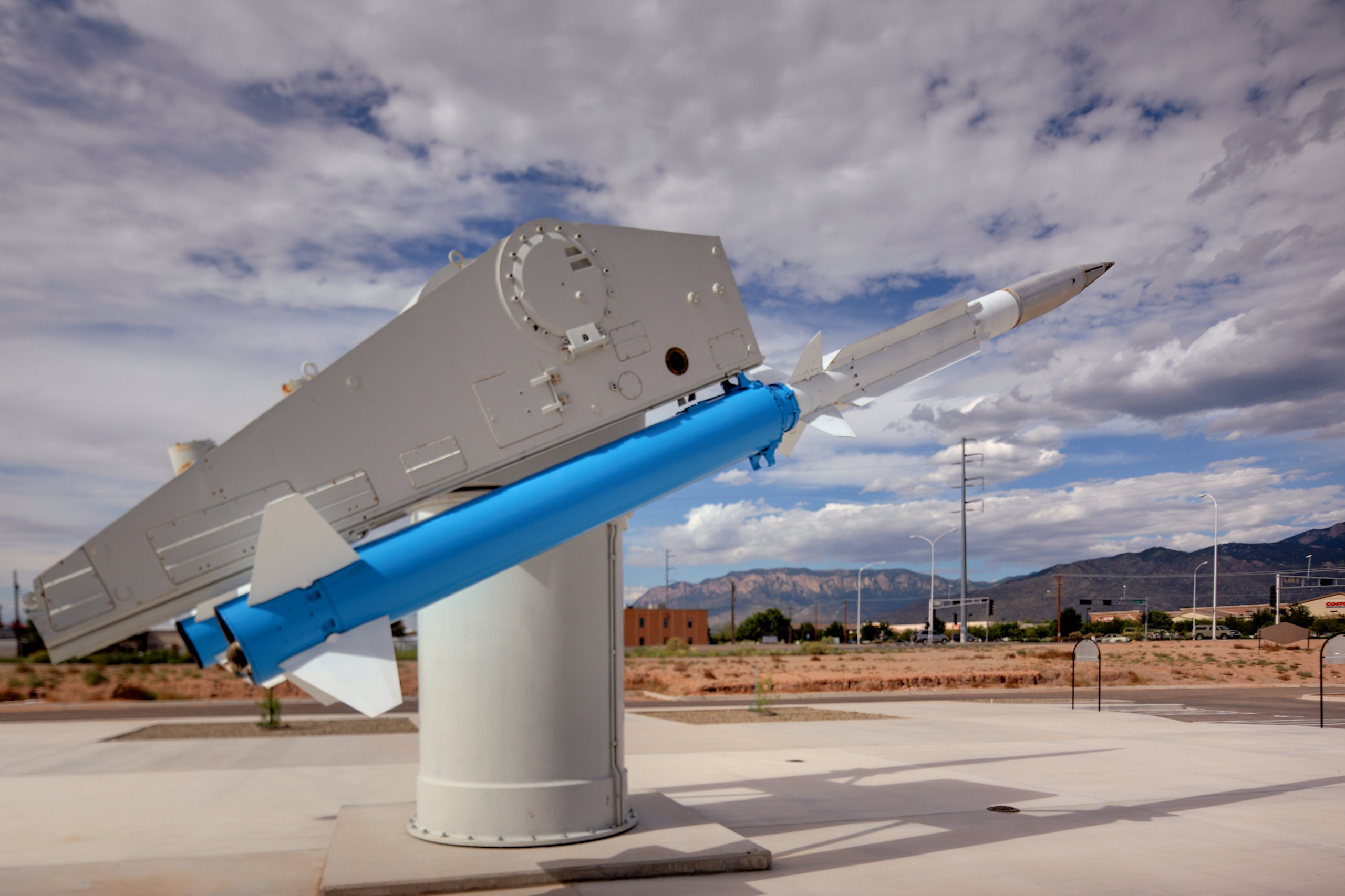
Category: Technology
Google On the Future. Will It All Be Good In the Googlesphere?
The nice people of Rupert’s world sat down with Google head man – Eric Schmidt. The Wall Street Journal team peppered Eric with lots of interesting questions. Some of his answers would make the usual PRHHM (Public Relations hacks handlers and minders) squirm.
In the Googlesphere it has become clear that all information should be held sacred as long as Google has a copy and is in charge of what gets shown and not shown. As Schmidt noted in the Techonomy conference on August 4, 2010 , all information should be subject to “much greater transparency and no anonymity.” … because he assumes that (Google) technology is ultimately good (as opposed to evil). I think that makes me very nervous. And thank you, I vote for my Government which I think is called a democracy. Going back to the WSJ article, Schmidt continues – “Most people….. They want Google to tell them what they should be doing next.”
In general I believe that personalization is part of the mix. My view is that ‘context’ is better term than ‘personalization’. I don’t think that everything needs to be/should be uniquely or personalized. That is not how we are in our work and personal lives. To assume that this is the case is blatantly arrogant in my view. What happens if you get this wrong? And yes people who should know better do get these sort of things wrong – frequently. Just look at credit reports. But Google doesn’t seem to want to think about that because…. Mr. Schmidt is a believer in targeted advertising because, simply, he’s a believer in targeted everything: “The power of individual targeting—the technology will be so good it will be very hard for people to watch or consume something that has not in some sense been tailored for them.” ….This is a direct quote from the WSJ. Too bad that Big Brother Google will be the arbiter or this and thence directly or indirectly control and influence our tastes.
Matt Simmons, Author of “Twilight in the Desert” and Peak Oil Speaker, Dies at Age 67
In his view (and in ours, too), way too many people hear about the huge reported reserves of Saudi Arabia and other Middle Eastern countries, and assume that this oil is really available for extraction. Matt makes the point that these reserves, and many others around the world, have not been audited. In fact, they seem to be political numbers, so we cannot depend on them. He also points out that we also do not have detail data with respect to historical oil extraction from individual fields in the Middle East, so we really do not know how close to decline Saudi Arabia and other Middle Eastern countries really are.
In 2005, Matt Simmons wrote a book called Twilight in the Desert. In it, he summarized what he learned about Saudi Arabian oil production by reading 200 academic papers. He concluded from his analysis that the oil extraction techniques being used there were techniques that one might use if the fields were quite depleted. Because of this, he doubted that we should believe stories that Saudi oil production can be greatly expanded. Instead, he raised the possibility that in the not too distant future, Saudi oil production will suddenly decline. Matt’s research underlying the book was no doubt behind his concern that oil reserves and oil production rates are not audited.
Another thing Matt is known for is his educational graphics about “what is really going on” with respect to oil extraction. For example, in his talk at the 2009 ASPO–USA conference, he shows this graphic of the amount of conventional oil discovered by decade.
The End of the Guidebook
I am in Tate Modern with no Baedeker. Nor Lonely Planet, Rough Guide, Time Out or any other type of guidebook. For Lucy Honeychurch, heroine of EM Forster’s Room with a View, this would be a desperate situation. Without a guidebook in Florence’s Santa Croce, she is bereft, close to tears, unsure what she should be looking at, unable to recall any of the building’s history and upset at having no one to tell her which of the sculptures and frescoes is most beautiful.
I, however, am supremely confident. I may not have a guidebook but I am equipped with “Google Goggles”, and thus have at my fingertips more information than exists in any guidebook ever written – perhaps more even than the combined wisdom of all guidebooks ever written.
Disappointingly, Google Goggles are not physical goggles, or glasses of any kind, but an app that will soon become available for iPhones and already works with Android smartphones. Put simply, whereas Google lets you search the internet using keywords, this allows you to search with an image. You use the phone’s camera to take a photo of something – a church, a monument, a painting or a sculpture – then wait a few seconds for the image-recognition software to scan it, before being offered a full range of information about it. The implications for travel are huge.
Portland Cello Project

The fabulous Portland Cello Project performed in Madison for the first time this week at the High Noon Saloon. More photos, here.
A great evening at a bargain price, $10 per ticket. A brief iPhone 4 video is here.
The GM $50,000,000,000 Taxpayer Bailout and The $41,000 Volt
By taking a loss on the first several years of Prius production, Toyota was able to hold its price steady, and then sell the gas-sippers in huge numbers when oil prices soared. Today a Prius costs roughly the same in inflation-adjusted dollars as those 1997 models did, and it has become the best-selling Toyota in the United States after the evergreen Camry and Corolla.
Instead of following Toyota’s model, G.M. decided to make the Volt more affordable by offering a $350-a-month lease over 36 months. But that offer allows only 12,000 miles per year, or about 33 miles per day. Assuming you charged your Volt every evening, giving you 40 miles of battery power, and wanted to keep below the mileage limit, you would rarely use its expensive range-extending gas engine. No wonder the Volt’s main competition, the Nissan Leaf, forgoes the additional combustion engine — and ends up costing $8,000 less as a result.
In the industry, some suspect that G.M. and the Obama administration decided against selling the Volt at a loss because they want the company to appear profitable before its long-awaited initial stock offering, which is likely to take place next month. For taxpayers, that approach might have made sense if the government planned on selling its entire 61 percent stake in G.M. But the administration has said it will sell only enough equity in the public offering to relinquish its controlling stake in G.M. Thus the government will remain exposed to the company’s (and the Volt’s) long-term fate.
What should medicine do when it can’t save your life?
Modern medicine is good at staving off death with aggressive interventions—and bad at knowing when to focus, instead, on improving the days that terminal patients have left.
Sara Thomas Monopoli was pregnant with her first child when her doctors learned that she was going to die. It started with a cough and a pain in her back. Then a chest X-ray showed that her left lung had collapsed, and her chest was filled with fluid. A sample of the fluid was drawn off with a long needle and sent for testing. Instead of an infection, as everyone had expected, it was lung cancer, and it had already spread to the lining of her chest. Her pregnancy was thirty-nine weeks along, and the obstetrician who had ordered the test broke the news to her as she sat with her husband and her parents. The obstetrician didn’t get into the prognosis—she would bring in an oncologist for that—but Sara was stunned. Her mother, who had lost her best friend to lung cancer, began crying.
The doctors wanted to start treatment right away, and that meant inducing labor to get the baby out. For the moment, though, Sara and her husband, Rich, sat by themselves on a quiet terrace off the labor floor. It was a warm Monday in June, 2007. She took Rich’s hands, and they tried to absorb what they had heard. Monopoli was thirty-four. She had never smoked, or lived with anyone who had. She exercised. She ate well. The diagnosis was bewildering. “This is going to be O.K.,” Rich told her. “We’re going to work through this. It’s going to be hard, yes. But we’ll figure it out. We can find the right treatment.” For the moment, though, they had a baby to think about.
Why Your Plane is Always Full
I learned long ago the cruel but true principle: other people’s travel problems are not interesting.* Corollaries: other people’s traffic problems, and other people’s weather (“you won’t believe how hot/cold/dry/wet/windy it is here!”), also are not interesting. We feign sympathy, but as long as our own flight is on time, traffic on our highway moves along, the weather’s nice where we are, we don’t really care. (*Exception: unless the occasion for an otherwise-interesting travel narrative, from Paul Theroux to Atlantic site posts.)
Therefore I obviously am not “complaining” in mentioning that I got up before 5:30am today to get an 8:15am flight out of Dulles, only to find an email from the airline saying that the flight had been delayed to 10:45. The inbound flight — from Dubai! — is late, and there are no spare planes to go on to San Francisco. OK — gladder to know now than before leaving the house for the airport, though ideally it would have great to know last night. Nothing to be done. But it was a serendipitous intro to the very next item in the email inbox: a report on how substantially airline capacity continues to be cut. There just are fewer flights anywhere, and more of them are full, than in yesteryear.
Airlines have been very successful at using information technology to slice and dice pricing and demand. Overall, fares are certainly up for most travellers….
The Energy Future
The winter of 1979 in southern California reminded people why they had migrated to LA over the decades. The daytime temperatures were in the mid-70s, and the LA basin’s summer smog had disappeared, revealing the snowcapped San Gabriel Mountains.
At Neonex Leisure that day, we were brainstorming the recreational vehicle of the future. At the time we built America’s largest RV, the Arctic Sun, a combination van/pickup truck pulling a 55-foot-long 5th-wheel trailer. Now Neonex Canada had put our California division in charge of designing the company’s next Class A Motorhome.
Each of the other five U.S. managers gave their impressions of the future of the recreational vehicle, disclosing visions of startling grandeur. I was more flippant: “I bet it’s a Honda with a Coleman tent.” Three months later the Second Energy Crisis hit. We shut down our RV plant in two days flat, and I was back in Texas in five.
My point is that, if you had asked every energy or automotive issues guru what the future would hold for automobiles just before the winter of 1978 – 79, the answer would have been completely different if you’d asked them the same thing just 12 months later. That’s what an energy crisis can do.
My joke about a Honda with a Coleman tent was weirdly prophetic. But my fellow managers’ visions of million-dollar motorhomes would also turn out to be spot on — 20 years later.
Sunset, Clearing Storm: Fitchburg, WI via iPhone 4 Camera

I’ve never been a fan of cell phone cameras. However, the iPhone 4 camera offers decent quality and some flexibility for the photographer…. Of course, a glorious sunset during a clearing storm helps.